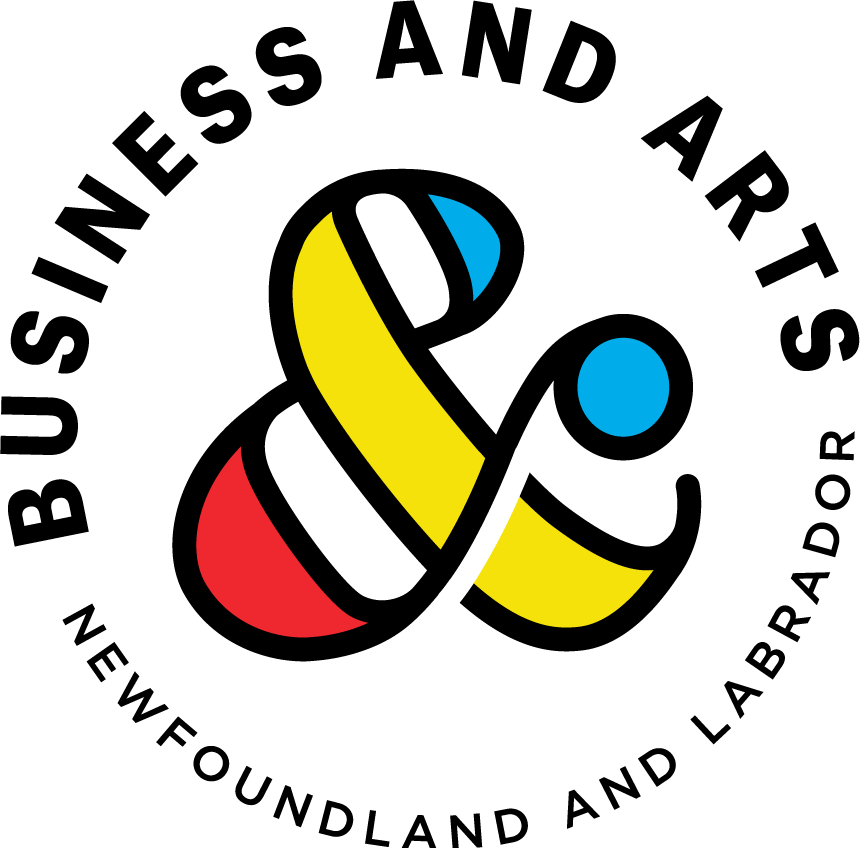Spotlight on National AccessAbility Week
May 29 to June 4 is National AccessAbility Week, but like many others, we’re working to keep accessibility top of mind not only during this week, but all throughout the year.
There’s always room to learn, improve and grow. That’s why we were pleased to offer a workshop last month in building accessibility confidence with Mandy Penney, Coordinator of Business Partnership Services with InclusionNL - the corporate program of Empower, The Disability Resource Centre, which provides support, services and information to businesses in Newfoundland and Labrador on accessibility, inclusion, disability confidence, and inclusive employment.
Mandy led a fantastic session with so much helpful information, we’re sharing some of it here as we all work together to help reduce barriers and build a more inclusive and accessible society for all.
Whether you’re working to remove existing accessibility barriers in your business or organization, or trying to prevent new ones, here are some tips to keep in mind.
Online Accessibility
With so many of us working online these days (creating social media content, participating in Zoom meetings, etc.) online accessibility is more important than ever. If you’re having a virtual meeting, consider booking ASL interpretation and captioning services in advance.
Also, check out the accessibility features that services like Zoom, Google Meet, Cisco Webex and Skype have to offer.
Here are some other great resources to check out:
Create Accessible Social Media Content - Indiana University
Making Social Media More Accessible: A Guide to Facebook, Twitter and Instagram - Learning Technologies
Digital Accessibility Resources - Bureau of Internet Accessibility
Clear Print Accessibility Guidelines
When we talk about accessibility, the conversation often focusses on things like roadways, parking areas and buildings - but accessibility extends to communication as well. With that in mind, the CNIB has created an excellent guide to help ensure your printed material is clear and readable. Check it out here: Clear Print Accessibility Guidelines
Sign Language
Did you know that 25 per cent of adults in Canada report having some kind of hearing loss, (with aging being the number one cause)?
There are over 100 sign languages used throughout the world, each with their own distinct characteristics (similar to spoken language). American Sign Language (ASL) and Quebec Sign Language (LSQ) are the two official sign languages in Canada (though there are others in use).
Here is some further information which may be helpful.
Learning ASL: American Sign Language University https://www.lifeprint.com
App for Learning ASL: The ASL App https://www.theaslapp.com
Words with Dignity for People with Disabilities
Words matter! Here are some things to keep in mind:
Instead of “disabled,” “handicapped” or “suffering from…” use “person with a disability,” "people with disabilities.”
Instead of “confined," “bound” or "restricted to a wheelchair” use "person who uses a wheelchair.”
Instead of "the blind” or "visually impaired” use "person who is blind,” "person with vision loss” or "person who has partial sight.”
Instead of "developmentally delayed” use "person with a developmental disability."
Instead of "mentally ill” or “mental” use "person with a mental illness or mental health disability” or "person who accesses mental health services.”
Remember: Always put the person first. Do not assume anything. Avoid the word “us" and “them.”
(These are just a few examples. Have questions? Reach out to InclusionNL.)
Many thanks to Mandy Penney for sharing these tips with us! Please note: These accessibility tips just scratch the surface. InclusionNL is an invaluable resource and we encourage you to get in touch with them if you’re working to make your business or organization more inclusive and accessible. Visit their website at: https://inclusionnl.ca/.


